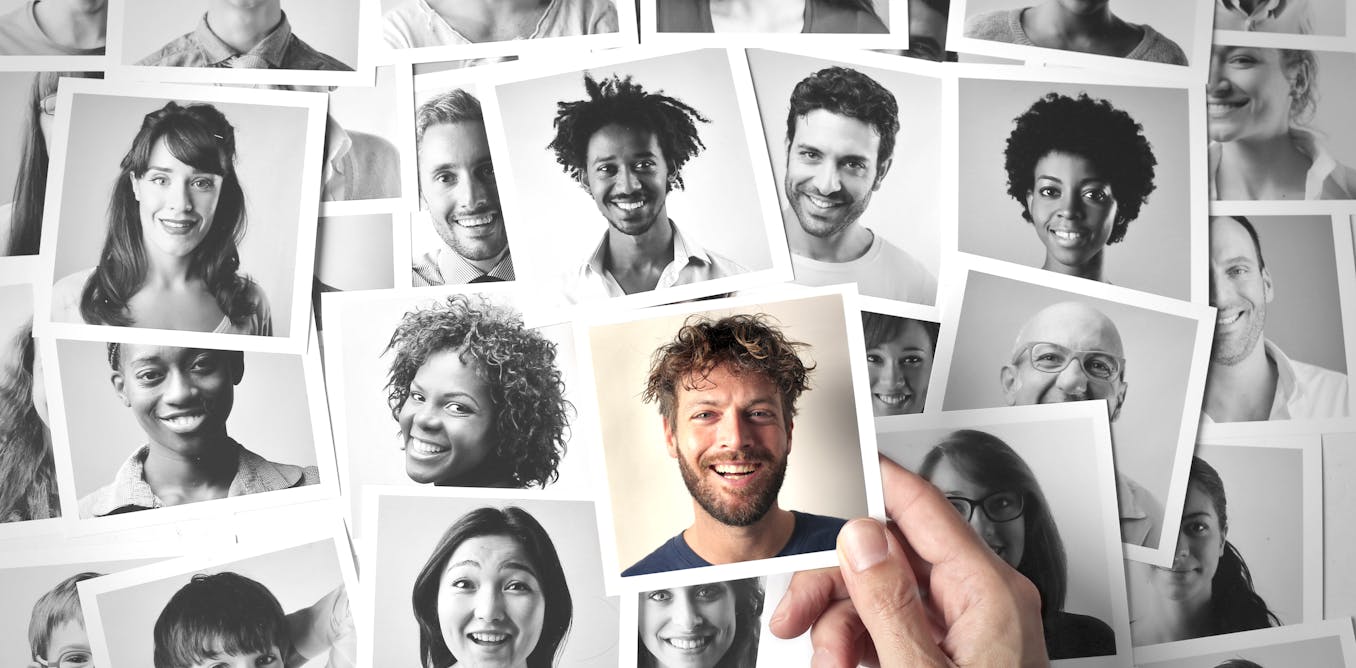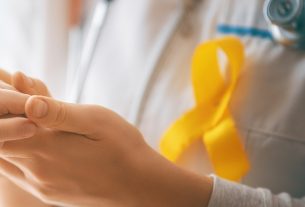What makes a person beautiful has fascinated artists and scientists for centuries. Beauty is not, as it is often assumed to be, “in the eye of the beholder” – but follows certain predictable rules. Symmetry and proportions play a role, and though culture and norms shape our perception of beauty, researchers observe a consistently striking agreement among people on whom they regard as beautiful.
Not surprisingly the beauty market has been on a steady rise (besides a minor 2020 Covid slump), reaching $430 billion in revenue in 2023, according to a recent McKinsey report. The fascination for the perfect makeup or skincare is fired up by the impact of perfect faces displayed on social media and enhanced by image processing and filters. But is all this money well spent?
Pretty privilege
The short answer is: yes. In today’s fiercely competitive job market, the economic advantages of beauty are undeniable. Numerous studies have shown that attractive individuals benefit from a beauty bonus and earn higher salaries on average. Certain high-paying professions are built around beauty (such as show business) but what is more surprising is that for almost any kind of employment, beauty can lead to a positive halo effect. Beautiful individuals are consistently expected to be more intelligent and thought to be better leaders, which influences career trajectories and opportunities.
It is thought individuals perceived as beautiful are also more likely to benefit from people’s trust, which makes it easier for them to get promoted or to strike business deals. The idea is that individuals who look better are thought to be healthier or/and to have had more positive social interactions in their past, which might influence their trustworthiness.
Does being attractive make you more trustworthy?
But does that theory hold water? In our recent paper Adam Zylbersztejn, Zakaria Babutsidze, Nobuyuki Hanaki and I set out to find out. Previous studies presented different portraits of individuals to observers and asked them about their beliefs about these people. However, often these pictures are taken from portrait databases or even computer generated, and thus allow researchers to study perceptions but not whether these beliefs are accurate. To study this question, we needed to develop an experimental paradigm in which we could observe the trustworthiness of different people, take photos of them, and later present these photos to other individuals for rating. This is how we did it.
Comprising a total of 357 volunteers, our study started in Paris in October 2019, where we asked a first group of 76 volunteers to participate in a short experiment on economic decision-making. In the study, the participants were randomly matched into pairs without knowing with whom they were playing. Some played a role that required to trust another individual (Group A), while others were in a position to reciprocate or break the trust they had received (Group B). To heighten the stakes, real money was on the table.
It went like this: in a first stage, Player A had to choose whether to trust Player B (by saying “Right”) or not (by saying “Left”). Secondly, Player B had to decide whether to roll a dice or not.
Each player’s payoff thus depended on their own actions and/or the actions of the other player:
-
If player A chooses “Left”, then regardless of player Bs’ choice:
- player A and player B both receive a payoff of 5 euros;
-
If player A chooses “Right” and player B chooses “Don’t roll”:
- player A gets nothing and player B receives 14 euros;
-
If player A chooses “Right” and player B chooses “Roll”:
- When the number of on the die is between 1 and 5, player A gets 12 euros and player B receives 10 euros;
- When the number on the die is 6, player A gets nothing and player B receives 10 euros.
Group A participants could earn up to 12 euros, but only if they trusted the other player. To do so they were presented with the abstract choice scenario explained above while individually sat in a cubicle.
If they decided not to trust, they were sure to receive a meagre 5-euro payout for their participation in the study. However, once an A player decided to trust their B partner, their fate was in the B player’s hands. The latter could act in a trustworthy fashion by rolling a dice that promised to generate a 12-euro gain for the A player – or untrustworthy by claiming a 14-euro reward for themselves and leaving nothing for the others.
This type of game (called a “hidden action game”) has been previously developed as a measure of the selfless trustworthiness attitude of individuals.
We not only observed how participants acted in this game but also took neutral ID pictures of them before they were introduced to the task. These photographs were presented to 178 participants recruited in Lyon. We first made sure that none of these individuals knew each other. We then gave the participants in Lyon the task of trying to predict how the person they saw in the picture behaved in the game. If they were right, they would be rewarded by earning more money for their participation. We finally showed the same photographs to a third group of 103 people from Nice, in southern France. These individuals were asked to rate how beautiful they considered the faces in the pictures.
Does gender come into play?
Our results confirm that those people who are considered to be more beautiful by our raters are also believed to be much more trustworthy. This implies that in our abstract economic exchange, beautiful individuals are more likely to benefit from the trust of others. However, when investigating actual behaviour, we see that beautiful individuals are neither more nor less trustworthy than anyone else. In other words, trustworthiness is driven by good old individual values and personality, which are not correlated with how someone looks.
A beauty premium has been previously observed as well for men as for women. We might however suspect that women, who are generally believed to have a higher degree of social intelligence, might be better at determining the trustworthiness of their partners. Our results do not show any evidence of this. Women are on average rated as more beautiful and also rate others on average as more beautiful. However women do not act any more honourably in the game then men. Finally men and women agree in their expectations about who will be acting trustworthy or not and thus women are no better in predicting behaviours than men.
Are beautiful people more suspicious of their peers?
The adage that “not everything that glitters is gold” is thus also true for beauty in humans. However, we might wonder who is more likely to fall prey to this bias. One idea is that people who are themselves often treated favourably because of their looks might be aware that this is not something that should influence who you should trust.
We constructed our study such that we could also investigate this question. Specifically, the participants we recruited in Lyon to make their predictions also had their photos taken. We thus knew how much they were influenced by the looks of others but also how conventionally good-looking they were themselves. Our results are clear. The beauty bias is there for everyone. Though we might think that those who benefit from good looks can see behind the mask, they are as much influenced by the looks of others upon deciding whom to trust.
The beauty industry is thus right. Investing in beauty really is worth it because it creates real benefits. However, recruiters or managers should guard themselves against being fooled. One way of doing this is to make CVs anonymous and forbid photos in applications. But in many interactions, we see people who we have to decide to trust. Being aware of one’s bias is therefore crucial. Our results stress that this bias is very hard to overcome, since even individuals who from their own experience should be aware of beauty’s skin-deep value fall prey to it.



